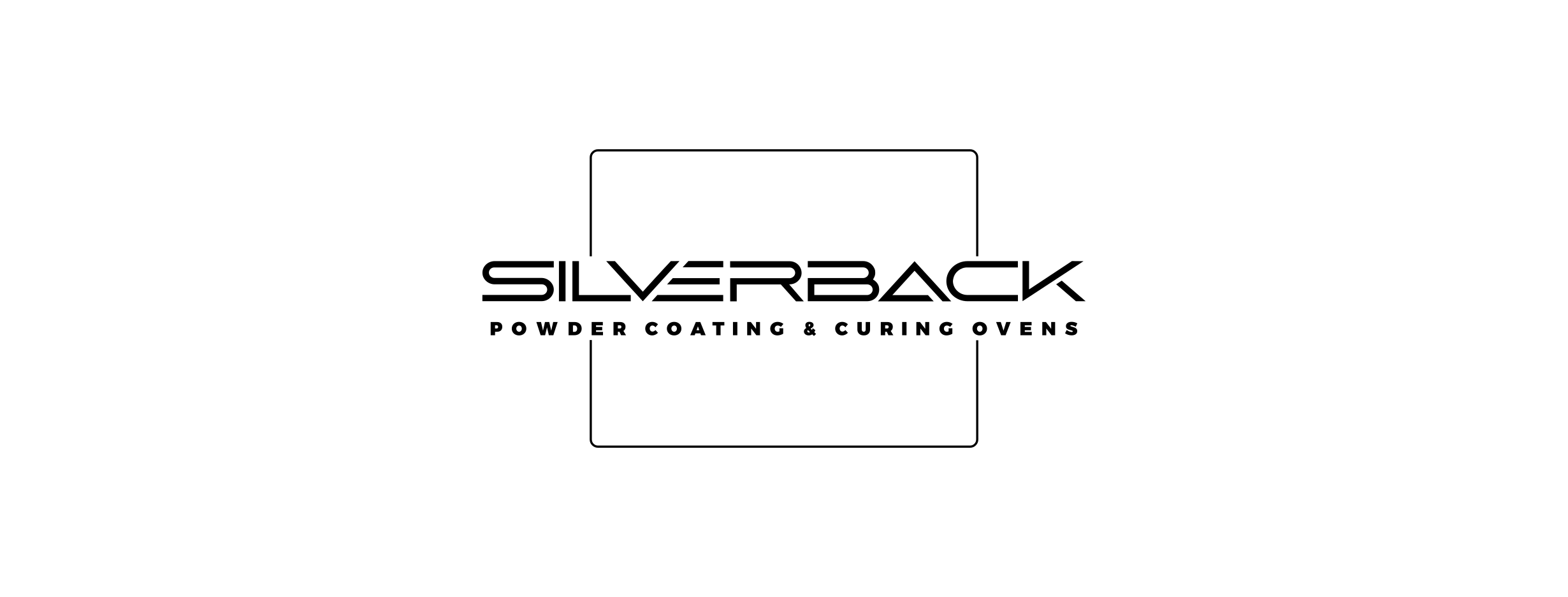In powder coating and curing processes, precise temperature control is critical to achieving optimal results. To achieve this, there are two main types of PID controllers that can be used: ramp and soak PID controllers and constant temperature PID controllers. Let's explore the differences between these two types of controllers and the benefits of each.
A ramp and soak PID controller is designed to heat the oven in stages, gradually increasing the temperature until it reaches a set point, then holding it at that temperature for a specified amount of time before cooling down. This process is called a ramp and soak cycle. The controller allows for the temperature to be increased in a controlled manner, reducing the likelihood of overheating the oven and potentially damaging the parts being coated or cured. The ramp and soak cycle also helps to prevent thermal shock, which can occur when parts are subjected to sudden changes in temperature.
On the other hand, a constant temperature PID controller maintains a fixed temperature in the oven. This type of controller is simpler and easier to operate, as it requires only one set point to be programmed. However, it may not be as effective as a ramp and soak controller in achieving consistent results, as it does not allow for the gradual increase in temperature and the cooling-down period that is beneficial in avoiding thermal shock.
The main advantage of using a ramp and soak PID controller is that it provides greater temperature control, which is especially important when curing delicate or complex parts. The ramp and soak cycle helps to ensure that the parts are cured evenly and thoroughly, reducing the risk of defects such as bubbles or wrinkles. The controller also allows for greater repeatability, as it ensures that the same temperature profile is used every time, resulting in consistent results.
In contrast, a constant temperature PID controller may be suitable for less complex parts or applications where temperature variation is less critical. It may also be a more cost-effective option, as it is simpler and requires less equipment.
While both ramp and soak PID controllers and constant temperature PID controllers have their advantages, the former provides greater temperature control and consistency, making it ideal for complex parts and applications where precise temperature control is critical. However, for less complex parts or applications where temperature variation is less critical, a constant temperature PID controller may be a more suitable and cost-effective option.
